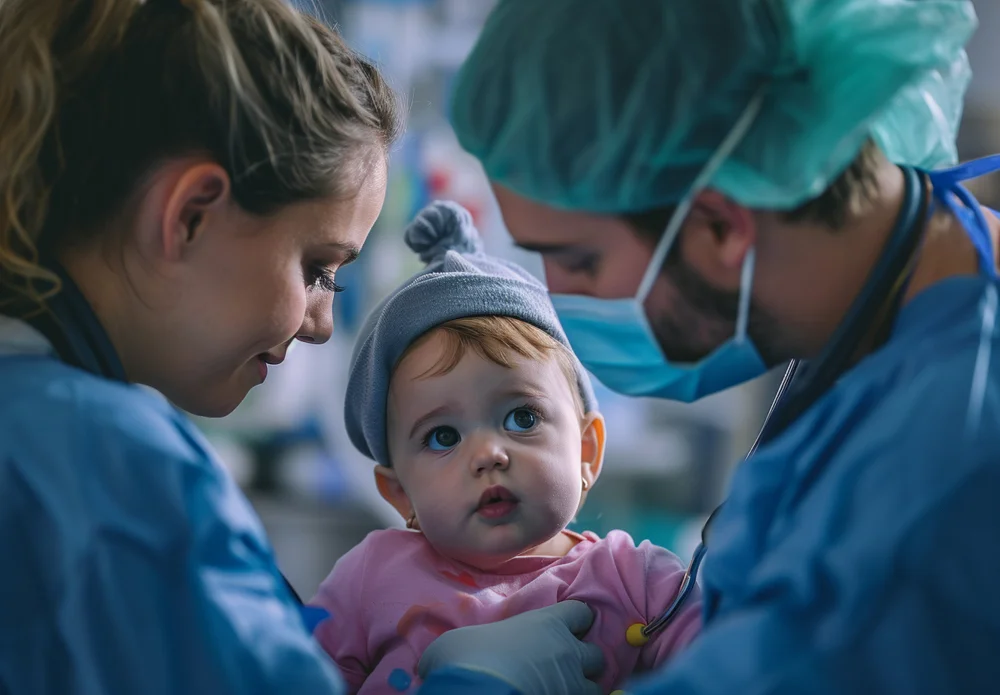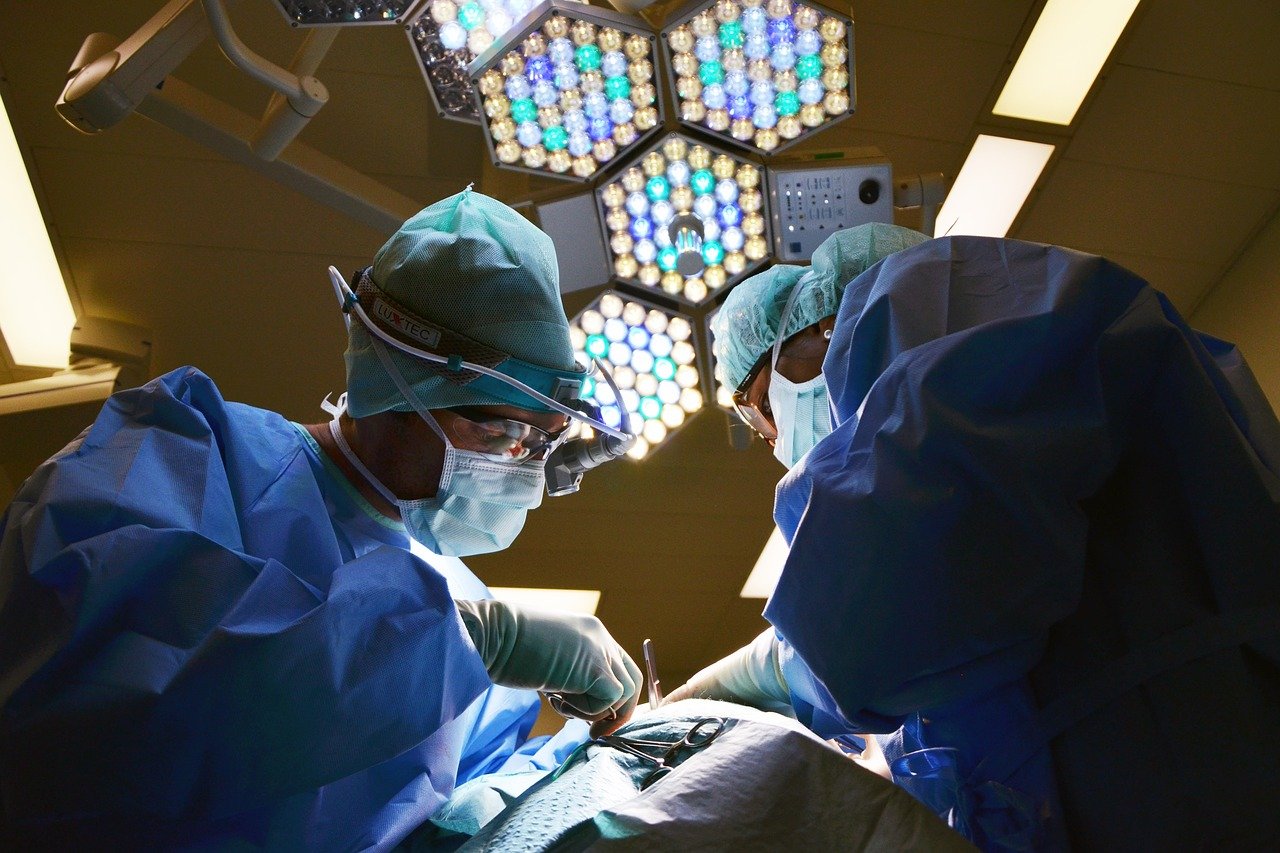Gastroshiza is a birth condition that can sound frightening to parents when they first hear the diagnosis. However, with today’s advanced medical care, babies born with gastroshiza have a strong chance of recovery and living a healthy life. This guide will explain what gastroshiza is, the possible causes, and the latest treatment options available so that parents can feel informed and empowered.
What is Gastroshiza?
Gastroshiza is a congenital condition where a baby is born with the intestines outside of the body. This occurs because the abdominal wall does not form completely during pregnancy, leaving an opening near the belly button. Unlike some related conditions, the exposed organs are not protected by a membrane, which makes immediate medical care essential.
Understanding the Causes of Gastroshiza
Not a Genetic Condition
One of the first things parents want to know is why gastroshiza happens. Unlike many birth defects, it is rarely linked to inherited genetic issues. Instead, it develops randomly during pregnancy when the abdominal wall does not close properly.
See also Prostavive Colibrim – Everything You Need to Know About This Prostate Health Supplement
Risk Factors That May Contribute
While there is no single cause, doctors have identified certain factors that increase the risk of gastroshiza:
- Young maternal age – Mothers under 20 are more likely to have a baby with this condition.
- Environmental exposure – Chemicals, smoking, and recreational drug use during pregnancy may contribute.
- Nutritional factors – A lack of essential vitamins or nutrients in early pregnancy may play a role.
- Geographic and lifestyle differences – Some regions report higher rates, suggesting that lifestyle and environment influence the condition.
It is important to note that most cases occur in otherwise healthy pregnancies, and parents should not blame themselves.
How is Gastroshiza Diagnosed?
During Pregnancy
Most cases are identified before birth through routine ultrasound scans, usually around 18 to 20 weeks of pregnancy. The ultrasound shows the intestines floating outside the baby’s abdominal cavity.
Once diagnosed, doctors monitor the baby closely with follow-up scans to check for growth, blood flow, and overall health. Early detection allows parents and doctors to plan for delivery in a hospital equipped with neonatal and surgical specialists.
After Birth
If gastroshiza is not diagnosed during pregnancy, it becomes immediately visible at birth. The intestines protruding from the abdomen confirm the condition instantly, and the medical team acts quickly to protect the exposed organs.
Treatment for Gastroshiza
Treatment focuses on protecting the baby’s exposed organs and safely placing them back into the abdominal cavity. The approach depends on the size of the opening, the swelling of the intestines, and the overall condition of the baby.
Immediate Care After Delivery
Right after birth, the exposed intestines are covered with a sterile, protective material to prevent infection and fluid loss. The baby is stabilized in the neonatal intensive care unit (NICU), where they receive fluids, antibiotics, and breathing support if necessary.
Surgical Options
There are two main surgical approaches:
Primary Closure
If the abdominal cavity can accommodate the intestines right away, the surgeon places them back inside and closes the opening in a single procedure. This is often possible in less severe cases.
Staged Closure
In cases where the intestines are too swollen or the abdominal cavity is too small, a staged closure is performed. A protective pouch called a “silo” is placed around the organs, allowing them to gradually return to the abdominal cavity over several days. Once the organs are in place, the surgeon closes the opening.
Nutrition and Recovery
After surgery, babies may need time before their intestines function properly. They are supported with intravenous nutrition until feedings can begin. Breast milk is strongly recommended once feeding is possible, as it is easier to digest and provides protection against infection.
The recovery process may take several weeks, depending on the severity of the condition and how well the baby adapts to feeding.
Possible Complications
While treatment outcomes are usually very good, gastroshiza can sometimes lead to challenges such as:
- Feeding difficulties due to slow digestion
- Infections because the intestines were exposed before surgery
- Growth delays in the early months of life
- Bowel issues, such as reflux or constipation, in some cases
With close monitoring and ongoing pediatric care, most of these issues can be managed effectively.
Long-Term Outlook
The long-term outlook for babies with gastroshiza has improved dramatically in recent years. Advances in neonatal surgery and intensive care mean that survival rates are now very high. Most children go on to live healthy lives, with only a small number experiencing ongoing digestive problems.
Regular checkups during the first few years help track growth, nutrition, and overall development. With proper support, children born with gastroshiza usually reach milestones similar to their peers.
Supporting Parents and Families
Caring for a newborn with gastroshiza can feel overwhelming. Parents may experience fear, stress, and uncertainty during the diagnosis and treatment process. Hospitals often provide counseling, support groups, and educational resources to help families cope.
Being actively involved in the baby’s care—such as providing breast milk, participating in skin-to-skin bonding when possible, and learning about post-surgical care—can help parents feel more confident.
Final Thoughts
Gastroshiza is a serious condition, but it is also one that can be successfully treated with modern medical care. Early diagnosis through prenatal scans, skilled neonatal surgery, and careful recovery support give babies a strong chance at a healthy future.
For parents, the key is knowledge and preparation. Understanding the causes, treatment options, and long-term outcomes can transform fear into hope. With the right medical team and support system, babies with gastroshiza can overcome the challenges of their early days and go on to thrive.


